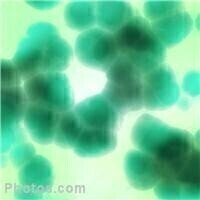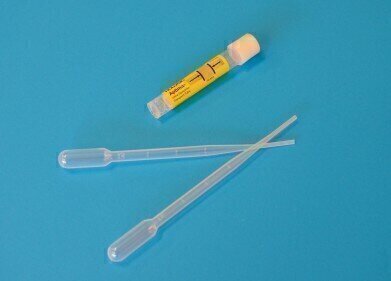-
 Quantitative analysis of C jejuni reveals multiple resistance
Quantitative analysis of C jejuni reveals multiple resistance
Electrophoretic Separations
PFGE used in quantitative analysis of Campylobacter jejuni
Nov 12 2010
A team of scientists worked on the project, including representatives of the Armed Forces Research Institute of Medical Sciences in Bangkok, Bumrungrad Hospital, also in Bangkok, Copenhagen University in Denmark, the Naval Medical Research Center in Maryland and the Uniformed Services University of the Health Sciences, also in Maryland.
Their findings, published in the infection pathogenesis periodical Gut Pathogens, detail the quantitative analysis they carried out using pulsed-field gel electrophoresis.
Between 2001 and 2003, 81.9 per cent of C jejuni isolates from US military personnel and travellers suffering from gastroenteritis in Thailand were seen to be resistant to tetracycline.
Some 57.9 per cent of pathogens were resistant to trimethoprim-sulfamethoxazole, with 28.9 per cent also unaffected by ampicillin.
"Most human C jejuni isolates from Thailand were multi-resistant to quinolones and tetracycline," the researchers note in their report.
Digital Edition
Chromatography Today - Buyers' Guide 2022
October 2023
In This Edition Modern & Practical Applications - Accelerating ADC Development with Mass Spectrometry - Implementing High-Resolution Ion Mobility into Peptide Mapping Workflows Chromatogr...
View all digital editions
Events
Apr 28 2024 Montreal, Quebec, Canada
May 05 2024 Seville, Spain
May 15 2024 Birmingham, UK
May 19 2024 Brno, Czech Republic
May 21 2024 Lagos, Nigeria













